Sight, Hearing, Smell, Taste and Touch. These are the five senses that most cultures consciously use to experience the world. But in Zambian tradition, there are 14 senses. (And there are some who argue there are as many as 33 senses!!)
I’m not sure where I read this tidbit about Zambian culture (if you have a reference, let me know – I’d love to cite it here). Still, I’m fascinated by the idea of so many other possibilities to consider when designing our landscapes in a way that is not only aesthetically pleasing but also physically and emotionally engaging, encouraging us to connect with the environment in a myriad of ways.
Who doesn’t want a landscape that isn’t just seen and walked through but felt, experienced, and lived, making each interaction unique and memorable? This holistic approach not only enhances our experience but also deepens our connection to the space.
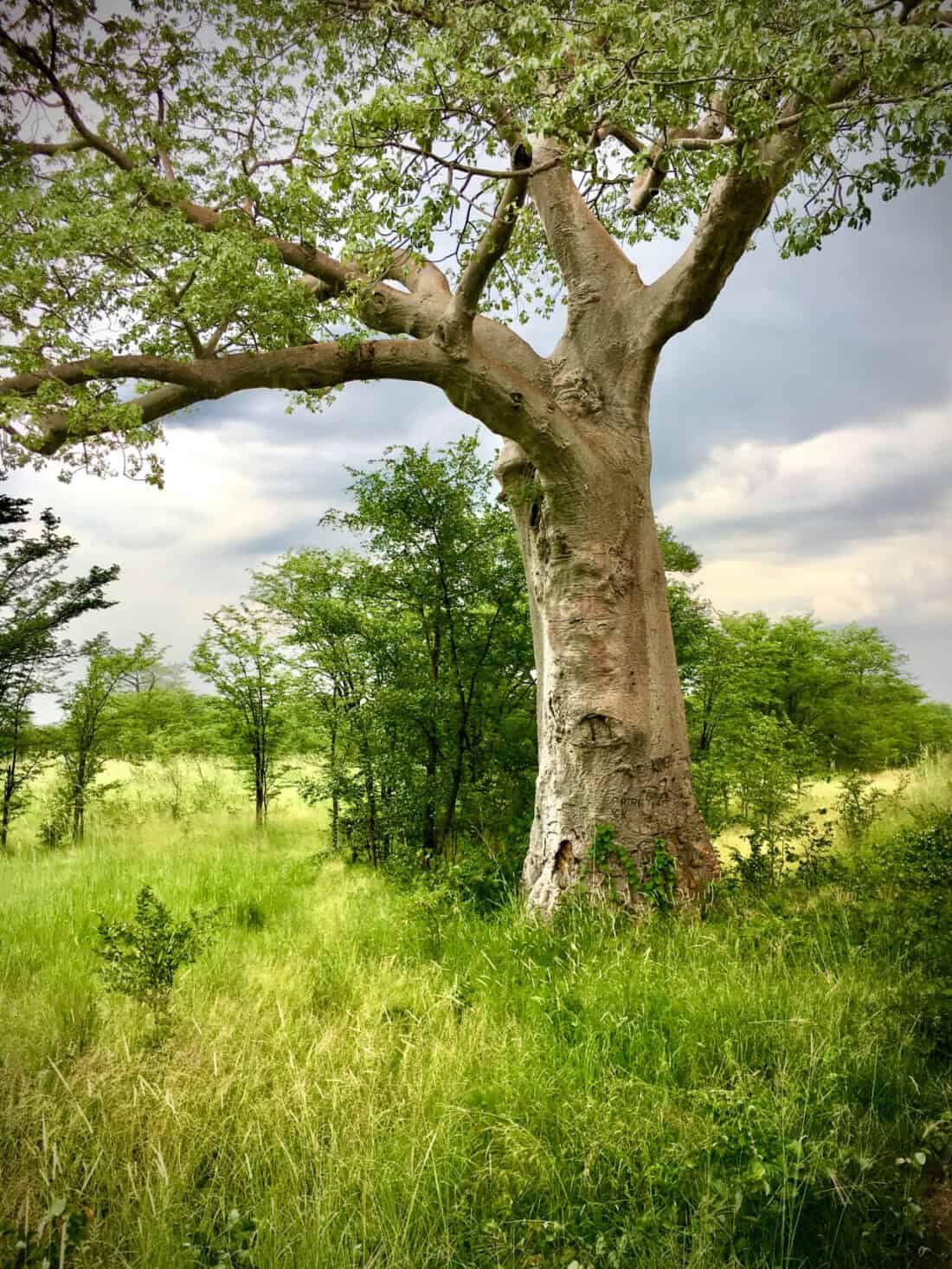
I’m going to skip the five we know – they are easy – and we know how to incorporate them in just about any design – and instead focus on the senses that incorporate internal perceptions and dynamic forces.
The Perception Senses in Landscape Design
Time
In Zambian culture, time is often perceived not as a strict, linear sequence to be managed but as a more fluid, cyclical concept that is deeply intertwined with the natural rhythms and seasons of the environment. This cultural understanding of time as a sensory experience manifests beautifully in landscape design, where the temporal changes in nature are embraced and celebrated.
In landscape design, the cyclical concept of time can be observed in how spaces are planned to evolve with the seasons and the changes in light. Gardens and public spaces are designed to not only bloom spectacularly during the rainy season but also to gracefully accept the dry season, using plants that thrive under these cyclic conditions.
The sense of time can also be recognized through plant cycles. encourages designs that evolve and respond to the time of day and year, offering dynamic experiences that keep spaces fresh and engaging.
Consider paths and features laid out to enhance the visibility of seasonal changes and invite people to experience the passage of time through the growth and maturation of the natural elements around them.

Rhythm
In Zambian culture, rhythm is a core element, threading through music, dance, and even the day-to-day flow of community and ceremonial life. This ingrained sense of rhythm translates into landscape design by syncing up with the natural beat of the land and its cycles (which is also part of the Time sense). Landscape design can mimic the repetitive patterns and sequences observed in local flora and fauna, as well as the land’s natural contours.
Arrange a pathway to curve and loop around water features or other garden elements in a way that mirrors the rhythmic patterns of rivers. Draw inspiration from the repetitive arrangement of tree trunks in a forest. You would also plan a garden with repeating patterns of plantings or color schemes that echo textiles or artworks (a visual rhythm that resonates with local cultural aesthetics). Rhythmic seasonal changes are embraced through the strategic placement of plants that bloom and fade at different times, ensuring that the landscape is dynamically engaged with the rhythm of time itself.
I sometimes think of a garden experience with beats – the beats are the way your eye bounces around the landscape, but there is also a backbeat that pulsates with the bloom cycles and growth too.
Design for the sense of Proprioception
In Zambian culture, proprioception—the sense of self-movement and body position—is often finely tuned through traditional practices that involve dance, manual labor, and navigation across varied terrains.
(Proprioception is also known as kinesthesia. It’s your body’s ability to sense movement, action, and location.)
This deep bodily awareness influences landscape design in Zambia, emphasizing layouts and features that engage the body’s sense of position and movement within space
Imagine losing some of your other senses – like sight or sound (or both). You can still know where you are with other details. How a path meanders and how your body interacts with it as you move through it can help you orient yourself.
Paths might vary in texture and firmness, which enhances your awareness of foot placement and body balance. Inclines, steps, and varied terrains challenge and engage the proprioceptive senses. These types of features make sure you physically feel and experience the space.
Design with proprioception in mind helps to ground people in the moment and space, creating a more immersive and engaging environment that helps you become more in tune with your physical presence in nature.
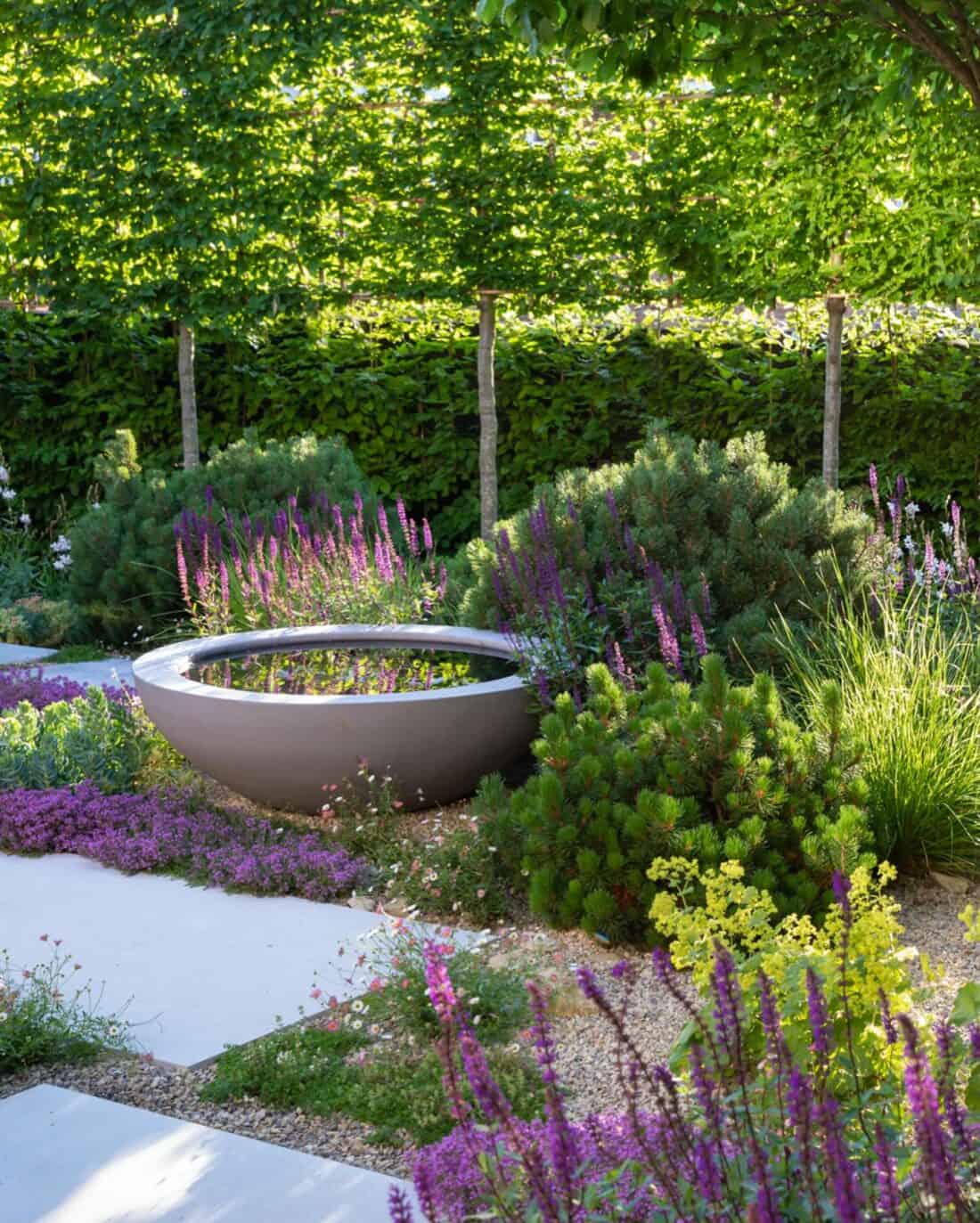
design by @colm_joseph, garden build by @gadd_brothers, photos by @richardbloomphoto, water bowl from @urbisdesignltd, multi-stem trees from @deepdaletrees, pleached trees, from @vandenberknurseries, pines from @palmstead, plants from @robintacchi. limestone paving from @_londonstone, limestone gravel from @allgreengb
Clairsentience (The perception of what is normally not perceptible)
Clairsentience—or the ability to feel and interpret energy and emotions from the environment—is deeply interwoven with Zambian spiritual and community life. This heightened sensitivity to the surroundings and the subtle energies they emit influences the approach to landscape design, where spaces are created to be not just visually pleasing but also spiritually harmonious.
Honor clairsentience with the careful selection and placement of plants and natural elements known to hold cultural or spiritual significance.
For instance, trees that are believed to house spirits or possess healing properties are often central to community spaces, creating a focal point that resonates with spiritual energy. Water features can be considered purifiers of energy, promoting peace and clarity among those who visit.
Follow the guidance of one of many practices of energetic flow (like Feng Shui or Vastu Shastra, the ancient Indian science of architecture and design, and the principles of minimalism and decluttering) and align with local spiritual practices and beliefs. This will help create a deeper, emotional, intuitive, and spiritual connection with the natural world.
Designing for a Sense of Balance
Balance is symmetry and harmony in a design that strives to create spaces that mirror the equilibriums found in nature. This, in turn, aims to foster a sense of peace and well-being. Our bodies tend to know an unbalanced space intuitively – we don’t find it as comfortable.
A sense of balance is achieved through the thoughtful arrangement of both plant and architectural elements. And the balance isn’t just to create a visually harmonious space but a functional balance as well.
For example, landscape designs often include equal planting on either side of a pathway, balanced placements of trees, and symmetrical water features that center the design. These features serve not only an aesthetic function but also a practical one, as they guide the flow of people and energy through the space, promoting a feeling of equilibrium and calm.
Using native plants in proportionate and meaningful clusters can further enhance this balance. They connect our cultural heritage to the natural environment.
Balance and equilibrioception can also be considered in the feeling (like Clairsentience above). Ensuring a feeling of safety through varied terrains that challenge our physical balance is important – like comfortable stepping stones across a pond or uneven pathways that meander through a landscape.
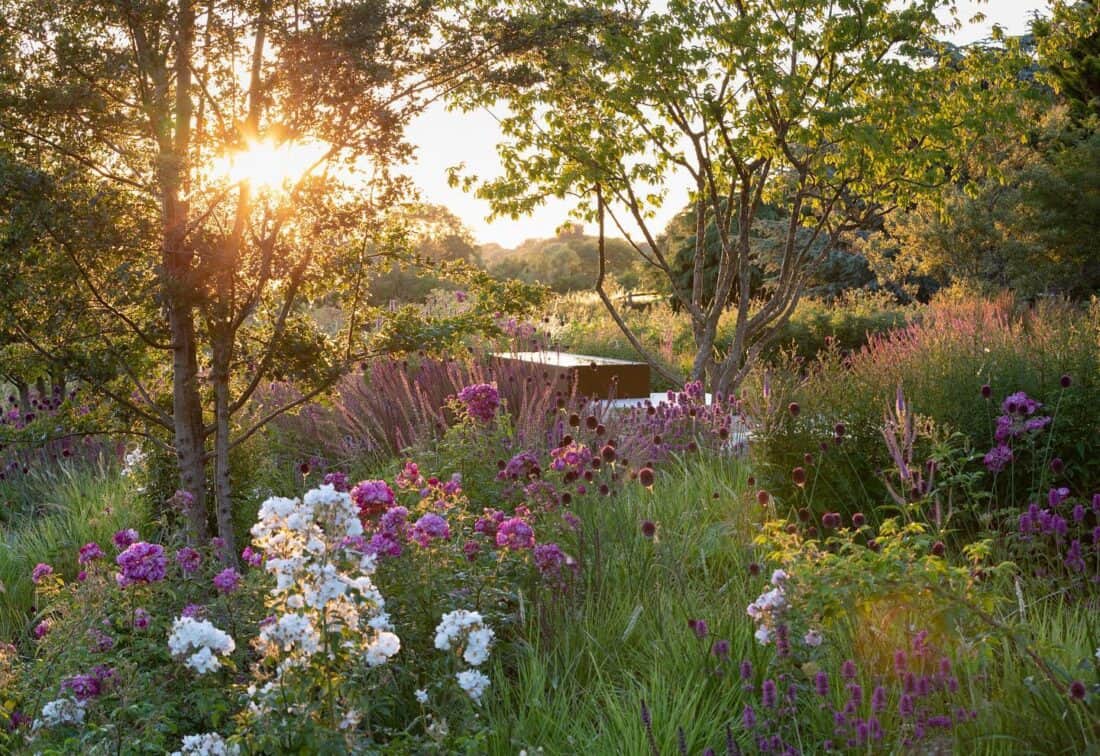
Garden design by @colm_joseph, photos @richardbloomphoto, garden built by @gadd_brothers, rose from @peterbealesroses, perennials + grasses from @robintacchi, hawthorn tree from @deepdaletrees, Cornus mas tree from @vandenberknurseries
The Sensation Senses:
Designing for the sense of Pain
The sensation of pain, whether physical or emotional, is an integral part of the human experience, reflecting life’s challenges and the growth that comes from overcoming them. You can acknowledge this by creating spaces that facilitate healing and reflection.
Healing gardens are specifically designed to provide a sanctuary where individuals can confront and process emotional pain in the calming presence of nature. Include winding paths that encourage contemplative walks, secluded benches for introspection, and water elements with soothing sounds. Use fragrant plants and flowers for an aromatherapy impact.
Similarly, you can engage the sense of pain through the use of spiky plants or rough materials, which can create boundaries or deter access to certain areas while also creating curiosity and encouraging careful engagement.
A sense of Tension in Garden design
Tension is understood as a dynamic between opposing forces or a state of mental or emotional strain. It is often a part of life that drives growth and change. This concept of tension is subtle when integrated into landscape design.
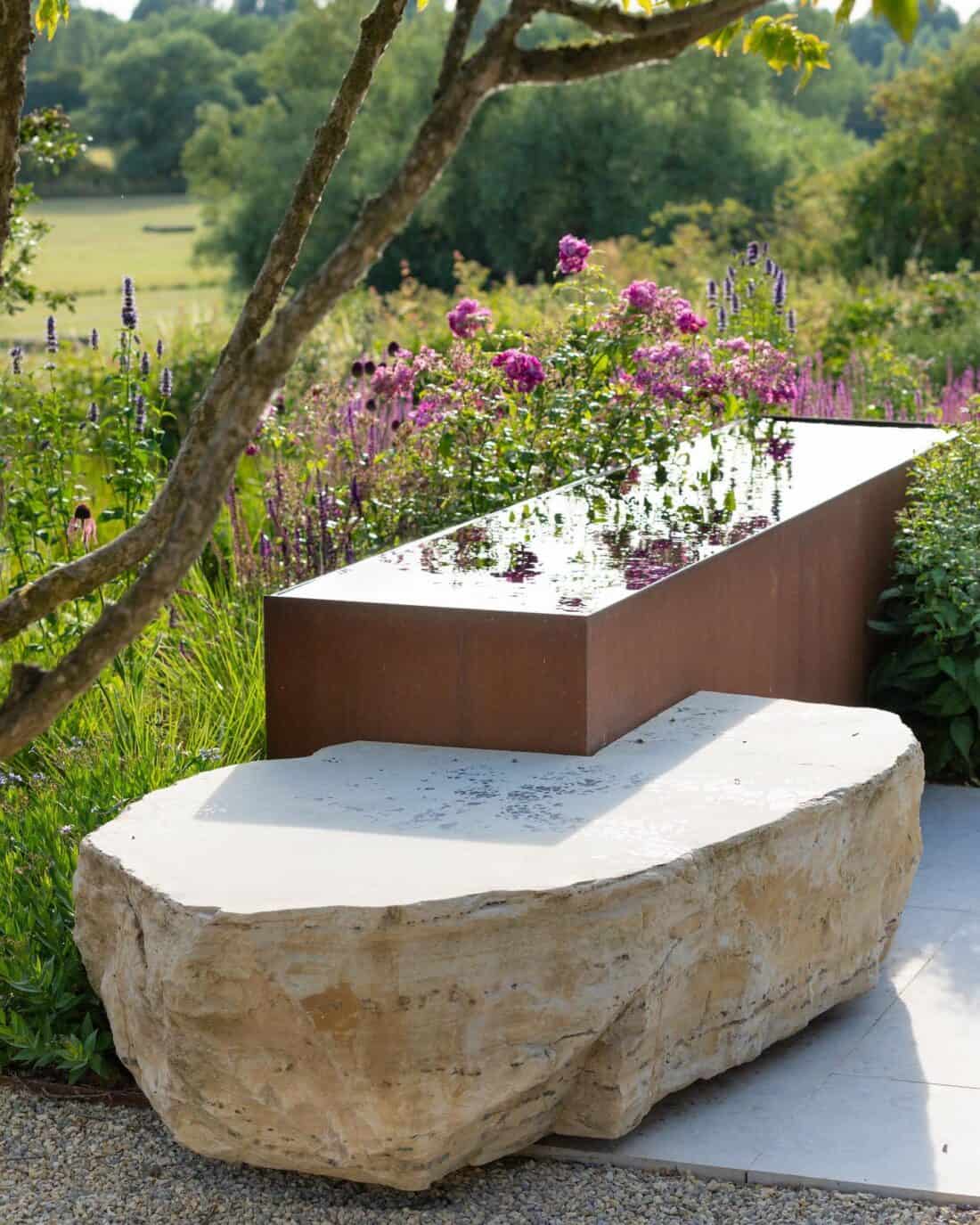
Built by @gadd_brothers, image by @richardbloomphoto, boulder seats supplied by @allgreengb, corten water troughs fabricated by @outdoordesignuk
Juxtapose rough and smooth textures or create contrast between dense plantings and open spaces. Strategically place bright, vibrant flowers against subdued, dark green foliage.
These design elements create a visual and experiential tension that captures attention and provokes thought.
Additionally, you can deliberately create uneven pathways or sudden changes in elevation, which can physically manifest tension, causing you to pay more attention to your surroundings (and get your face out of your phone!).
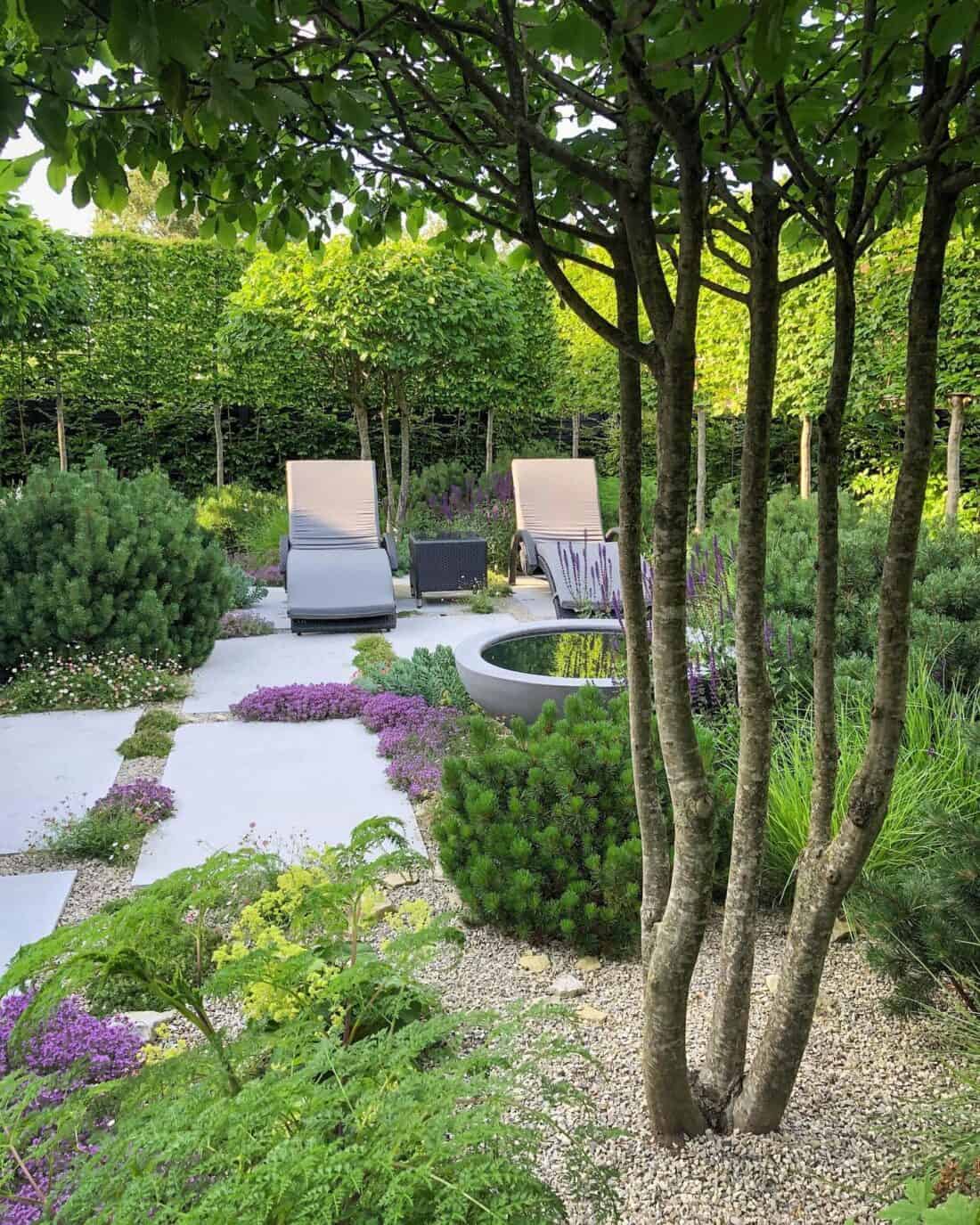
Pressure
Pressure is a motivating force that shapes decisions and actions. This understanding is cleverly reflected in landscape design, where the physical layout and spatial organization are used to subtly influence the movement and feelings of individuals within the space.
Designed spaces can create a physical or psychological sense of enclosure or openness. Narrow pathways flanked by high, dense vegetation can evoke a sense of compression, subtly guiding visitors toward a certain direction or behavior in the garden.
Conversely, open areas such as wide courtyards or expansive lawns can relieve the sense of pressure, offering a feeling of release and freedom. I often think of doorways, gates, and other transitions as pinch points where you can heighten or release pressure in a design.
Details can subtly impact pressure, too. Consider how the bricks are oriented in a pathway. A running bond where bricks lay lengthwise with your walking stride will heighten the pressure to speed up your pace. A ninety-degree rotation, so the brick length is perpendicular to your stride, will subconsciously create pressure to slow you down.
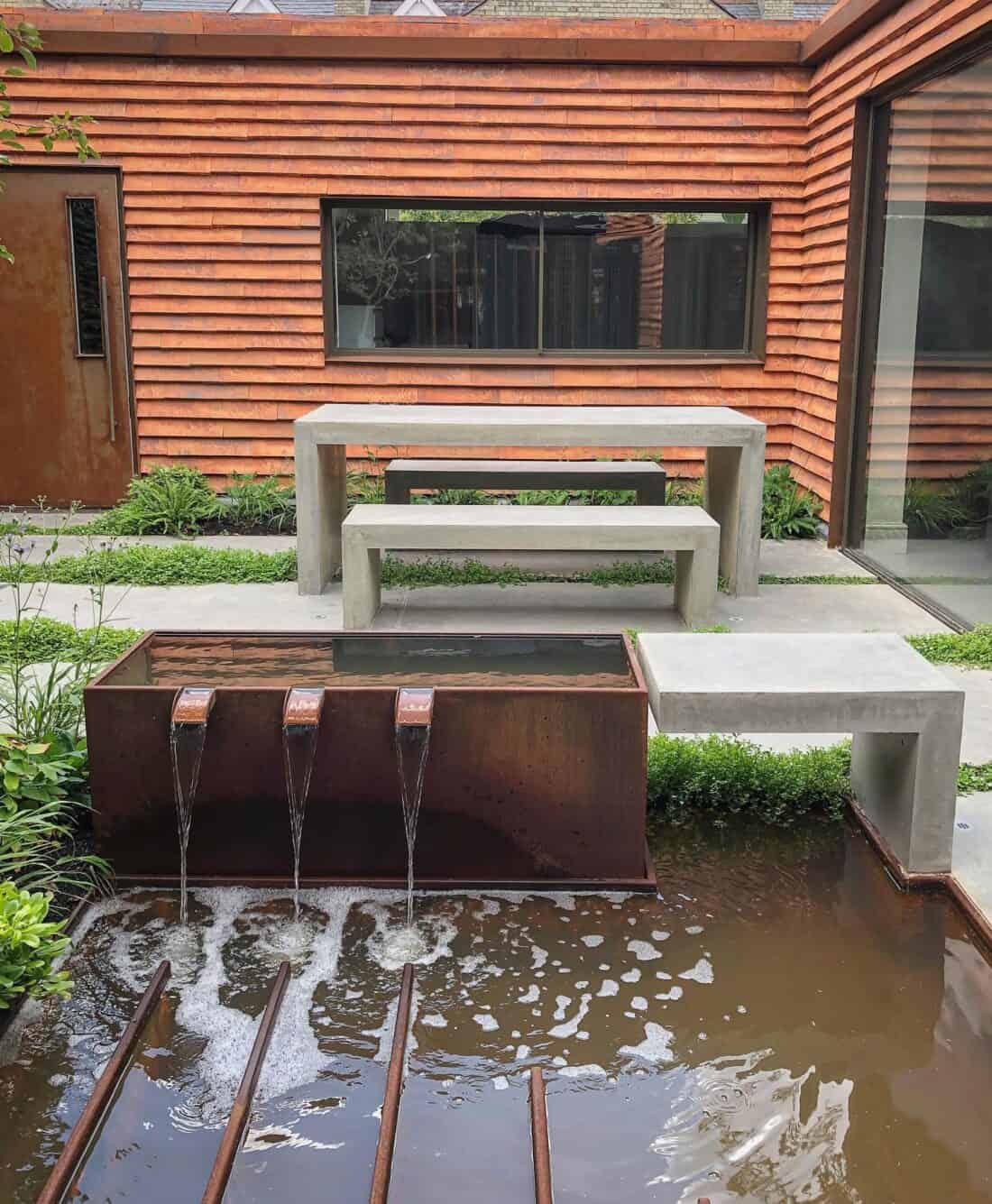
architecture: @piparchitects, metalwork: @etienneegloff, water feature install: @fairwaterltd, concrete install: @lazenbyltd, plants: @robintacchi. Garden Desgined by Colm Joseph.
A sense of Itch
The sensation of an itch symbolizes a desire for change or the need to address something that is persistently nagging or uncomfortable. Incorporate this into your landscape design with elements that provoke curiosity and encourage exploration, effectively “scratching” the itch for discovery and new experiences.
A designer might use intrigue and mystery (give a furtive glimpse of something) in a garden’s layout to encourage you to venture into less visible or accessible areas. A winding path that disappears behind shrubbery or around a bend sparks interest and the metaphorical itch to explore.
Textural contrasts in plantings, such as rough bark next to soft leaves or the use of color splashes in foliage and flowers, can also stimulate visual and tactile curiosity.
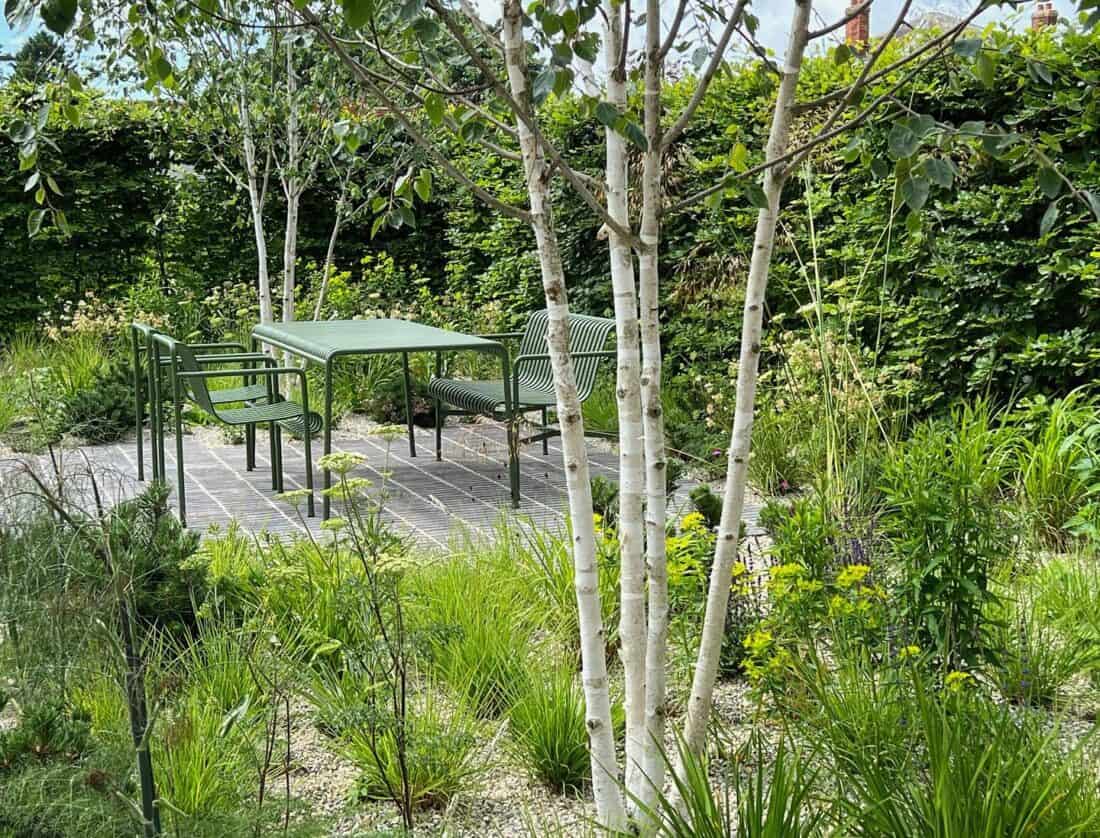
designed by @colm_joseph, garden furniture from @haydesign, garden build by @stewartlandscape
Thermoperception and the design sense of temperature
Hot and cold temperatures – or thermoception can be addressed by creating areas of sun and shade it by using materials that either absorb or reflect heat to modify microclimates within a garden. But it can also be a feeling that you perceive visually. Red feels hot, blue feels cool, and green tends to feel somewhere in the middle.
We instinctively crave gardens and landscapes that inspire all the senses, so why not consciously consider more of them when you are creating your landscape plan?
What kinds of gardens would you make if you actively tried to appeal to more than just the main five?
About Colm Joseph Design
Colm’s work is a great representation of how multisensory design makes a garden stand out. If you want to know more about Colm or hire him to work on your garden (he works on a wide selection of gardens but is based in Suffolk England) – you can learn more about him through his Instagram (colm_joseph) or website.
+comments+